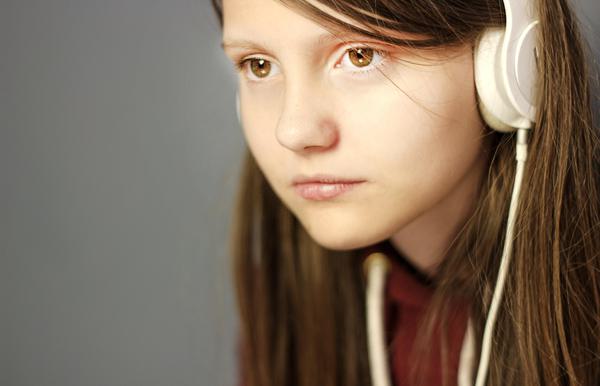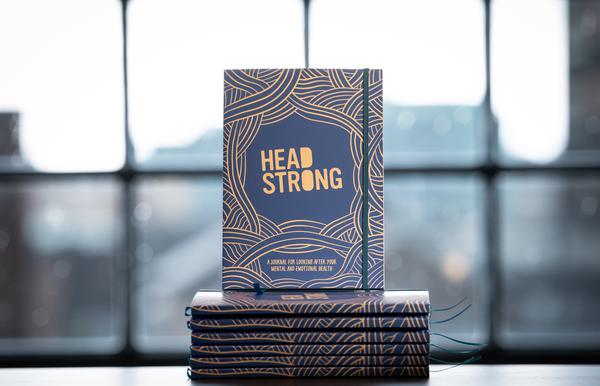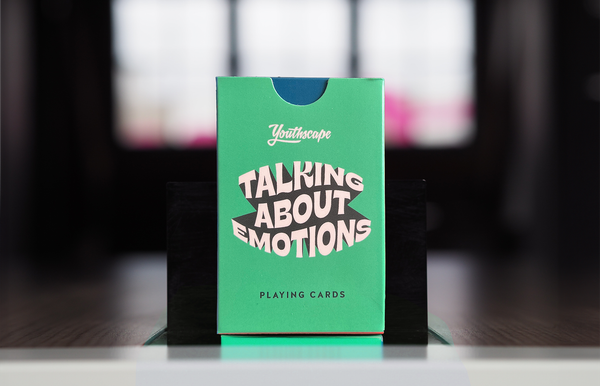How does the teenage brain work? Here’s ten quick psychological insights to help you understand young people and meet them where they’re at.
Do you ever find that the young person you knew in Year 8 seems to become someone entirely different during Year 9? Or ever have parents asking how to relate to their child when it seems like all they do is slam doors? Here are ten things you might not know, which might help everything make more sense…
1. Ready to go?
Adolescence – roughly from 12 to 24 years is when the brain begins preparing for the individual to leave home. Historically, the younger generation leaving home was needed to ensure the community had access to everything they needed, as well as meet a future spouse who wasn’t from their family!
2. Struggles with home
For most young people the first 12 years of life have been lovely, and all their needs have been met. During adolescence though, young people begin finding fault with their home life/town/church/situation. This happens as their brain prepares them to seek out new possibilities elsewhere – if they stayed loving it all they wouldn’t leave!
3. Question everything
It’s common during adolescence to question everything around them too. This provides the young person with something to push against, leading them to want to seek out the new or to create something different. We need this to ensure development and innovation and to help us to keep seeking out for what we are being called in to.
4. Seeking adventure
Leaving home would have taken more courage and tenacity historically as exploring elsewhere wasn’t always safe. As such there is an increased reward drive – teenagers are seeking activities which feel stimulating or offer a change from monotony and can therefore be more risky in their behaviour. However both our individual and collective lives depended on this adolescent willingness to take risks. It is through this willingness to step out and take risks that giants have been defeated and battles have been won!
5. Getting creative
There is a greater creative exploration, which can look like questioning the status quo or a crisis of identity, but can also be seen as perceiving the world in new ways and greater problem solving skills. However clear boundaries are needed here, even if just as something to push up against.
6. Getting connected
It’s normal for a teenager to seek out connection with peers – the brain is wired to seek out a “tribe”. This can be hard for parents and carers to manage, but it is also amazing for evangelism. This tribe mentality is developed especially when young people explore who they are and what they stand for. Attachment and connection is needed more during adolescence than it is in childhood or adulthood. The brain seeks it out – it is literally programmed for young people to seek the advice from friends rather than parents.
7. New obsessions
During adolescence, the brain prunes off the unused connections and strengthens the parts which are used a lot. This is why a teenager might not be able to remember all the dinosaurs they knew when they were four but could get really good at hockey if they train a lot. This leads a young person to be more focused or obsessive about hobbies and interests, and helps them to develop their identity.
8. Risky business
The part of the brain (prefrontal cortex) which is used for decision making is still developing so teenagers rely on their amygdala to make decisions and problem solve. The amygdala is associated with emotions, impulsivity, and instinctive behaviour. This is why the decisions made by a young person can sometimes seem risky.
9. All the feels
More intense emotion is felt, but also seen in others (even when the other is showing a neutral expression). Some studies have shown the teenage brain can read facial expressions more accurately on an online image like a video call rather than face to face in the same room.
10. Insecurity
The ability to reflect on their own personality happens develops during adolescence. This can lead to an insecurity which wasn’t felt during childhood. Young people need praise and encouragement both of who they are and who they are becoming in order to feel that they are acceptable.
So, what do we do with this? Well, mentoring is a really good start. This can be peer-to-peer or intergenerationally, but it provides a great space to reflect, question and explore together. Or, how about some problem solving with young people by making the use of the development of the amygdala and their brain’s skill in approaching an issue in a creative way?
Check out the rest of the BRAVE library, exploring themes of identity, control, tough stuff and failure, here.












